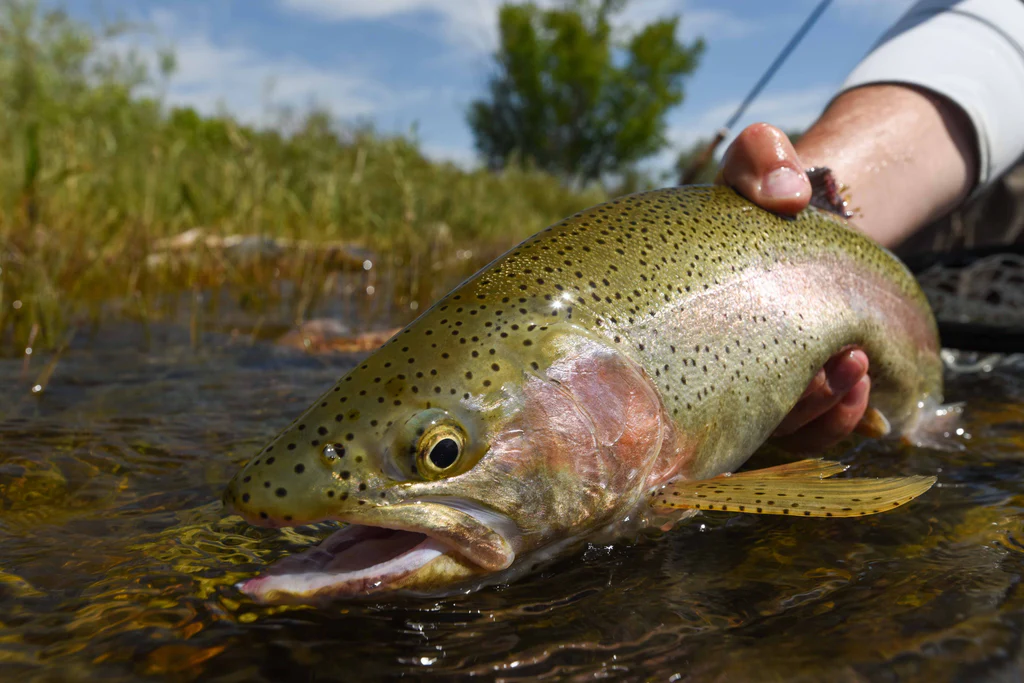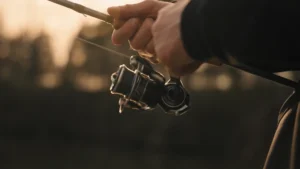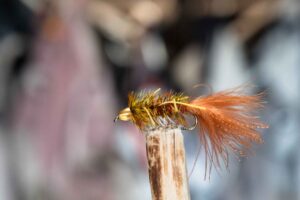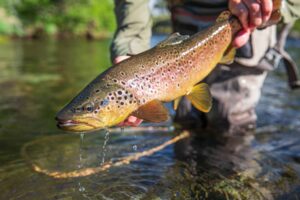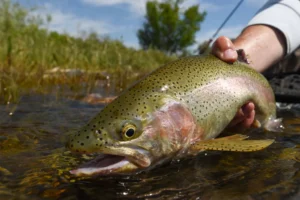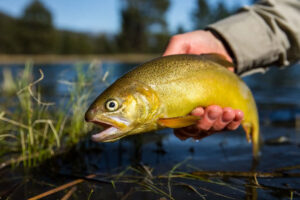Trout fishing can be one of the most rewarding and peaceful outdoor pursuits, but for beginners, it can also be frustrating when the fish just don’t seem to bite. While trout aren’t always easy to fool, many of the most common mistakes are simple to fix—and can make a huge difference in your success on the water. Here are the top 5 mistakes beginners make when trout fishing—and how to avoid them.
1. Using the Wrong Gear
One of the biggest mistakes beginners make is using gear that’s too heavy or poorly matched to trout fishing. Trout are typically line-shy and spook easily, especially in clear water. Using a heavy rod or thick line can make your presentation clunky and unnatural.
Tip: Use light to ultralight spinning gear with 2–6 lb test line. Fly anglers should match their rod weight (typically 3–5 wt) to the size of the trout and the water.
2. Ignoring Stealth and Approach
Trout have excellent vision and are highly sensitive to movement and noise. Charging up to a stream or casting shadows over the water is a surefire way to send them scattering.
Tip: Approach quietly, wear muted or natural colors, and avoid standing directly on the bank or skyline. Take a moment to observe before casting.
3. Poor Casting and Presentation
Even with the right bait or fly, a bad cast can ruin your chances. Slapping the water, casting too close, or dragging your bait unnaturally across the surface will spook wary fish.
Tip: Practice gentle, accurate casting. Let your bait or fly drift naturally with the current. Trout prefer subtle, realistic movement.
4. Fishing the Wrong Water
Beginners often cast randomly or stay in one spot too long. Not all parts of a stream or lake hold trout, and conditions like water temperature, depth, and cover matter.
Tip: Look for structure like rocks, logs, undercut banks, or seams in current. Trout tend to hang in areas where they can rest and ambush food.
5. Overlooking Local Conditions and Hatches
Trout feeding behavior is highly influenced by local insect activity and seasonal changes. Using the wrong bait or fly—or fishing at the wrong time—can lead to a fishless day.
Tip: Check local hatch charts, talk to local anglers or tackle shops, and observe what bugs are in the air or on the water. Match your bait or fly accordingly, and fish early or late in the day when trout are most active.
Final Thoughts
Avoiding these common beginner mistakes can dramatically improve your trout fishing success—and your enjoyment. Trout fishing is as much about patience and observation as it is about gear and technique. Learn the waters, respect the fish, and you’ll find yourself getting more bites—and more hooked on the experience.

